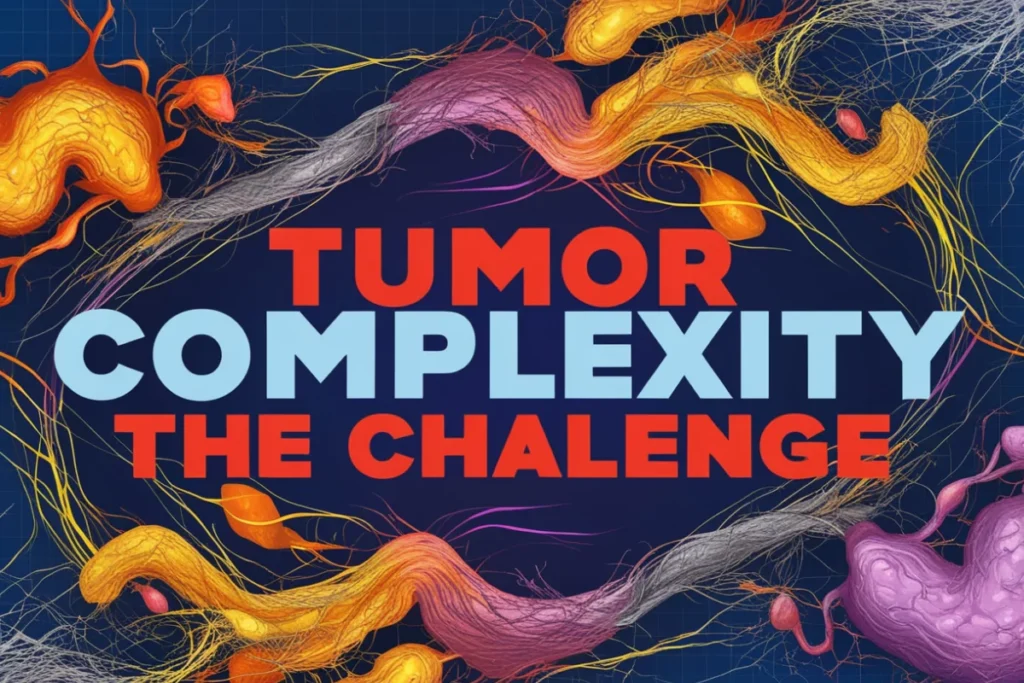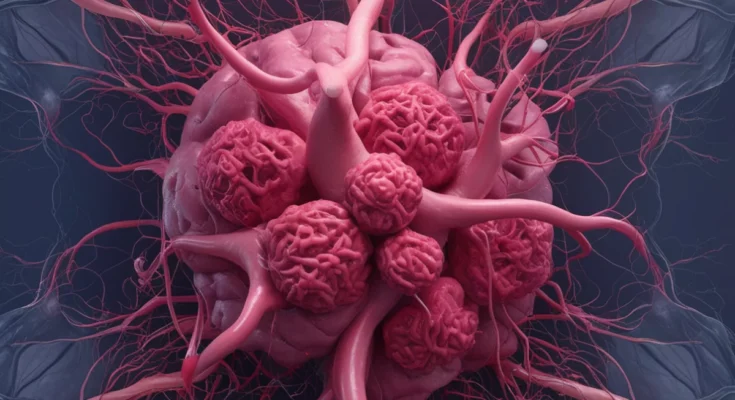Hello people! How does 3D imaging show the complexity of tumors? This question is central to a rapidly emerging cancer paradigm, where investigators utilize the most advanced imaging technologies to dissect mechanisms of tumor initiation, progression, and therapy response.
Conventional imaging methodologies have been somewhat useful but have not been sufficiently effective in detailing the actual formation of the tumor. While invasive, 3D imaging affords one the best view of the tumor and enables the identification of patterns that are not readily apparent in 3D studies.
Let’s dive in!
Table of Contents
Tumor Complexity the Challenge

It is no longer accurate to suggest that tumors are just large groups of cancer cells; instead, tumors are rather sophisticated societies in which cancer cells are surrounded by immune cells and permanent supporters. All these components participate in the modulation of tumor behavior, and the cooperative nature of these components’ effects is fully elucidated in other chapters of the book. It also points to the need to comprehend their interactions better to design efficient therapies.
Cells in a tumor can have diverse genotypes, size, and function, which make them erratic and enable the cancer to be uncontrollable and invasive. Because the micro-environment of different types of tumors can be viewed in 3D, the ways that these cells signal, proliferate, and evolve can be better understood, and these discoveries can aid in how diseases progress and how specific therapies can be developed.
Advancements in 3D Imaging Technologies

Such tools facilitate the observation of tumors in layers while preserving cell structures and even mapping out metabolic processes that were once difficult to identify.
For example, a method known as light-sheet fluorescence microscopy that can rotate the focusing plane as quickly as seven times per second can construct three-dimensional reconstructions of tumors by capturing thin cross-sections of tissue. It has provided researchers with a view of how cancer cells spread in tissues and avoid immune responses, which was virtually impossible to get using other imaging methods.
The findings revealed by 3D Imaging are presented below
By employing these visualization techniques, the researchers have realized important information about how tumors become resistant to treatments. For instance, some cancer cells grow tightly packed in groups to form a shield that shields them from being attacked by drugs.
These can live in certain microenvironments at the tumor, creating various “homes” that they can develop and survive. Using 3D Imaging, scientists can see these microenvironments in real-time and see how exactly the cells behave within the tumor nation. This was crucial for finding the tumor’s blind spots that therapies might exploit.
Clinical Implications The Changing Focus on Patients
The ability to capture images of tumors in 3D is also a major push behind the push towards more individualized medicine – it allows clinicians better to see the architecture of the cancer in each patient, giving personalized treatment plans when it comes to tissues and cells, awareness of how one’s tumor structure and elements form could enable doctors to create treatment methods that are most targeted to the areas most likely to metastasize or become unfathomable to a particular treatment.
Clinical Implications A Shift Toward Personalized Medicine
The ability to visualize tumors in three dimensions is also driving the shift toward personalized medicine. 3D Imaging enables clinicians to map out each patient’s tumor architecture, offering a more tailored approach to treatment. By understanding the unique structure and composition of an individual’s tumor, doctors can develop therapies that are precisely aimed at the areas where cancer is most likely to spread or resist treatment.
The following video explains about Clinical Implications Of Tumor:
Conclusion
In summary, the complexity of tumors revealed through advanced 3D Imaging holds the potential to revolutionize cancer research and treatment. Could these insights eventually lead to personalized, more effective therapies for patients facing this challenging disease? This lies in the continued exploration and innovation within this powerful field.
Is It Possible to Pave a New Way in Cancer Care Through 3D Imaging?




